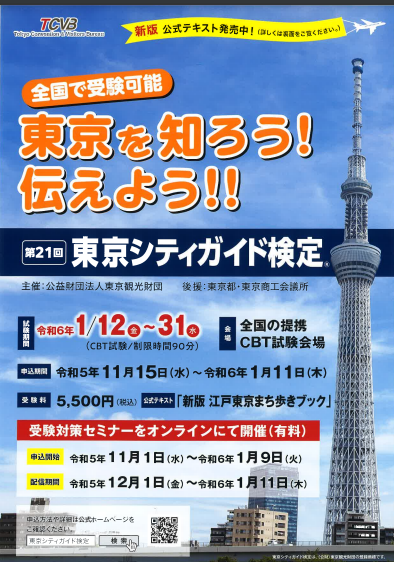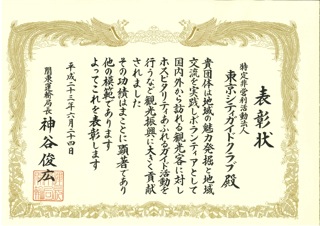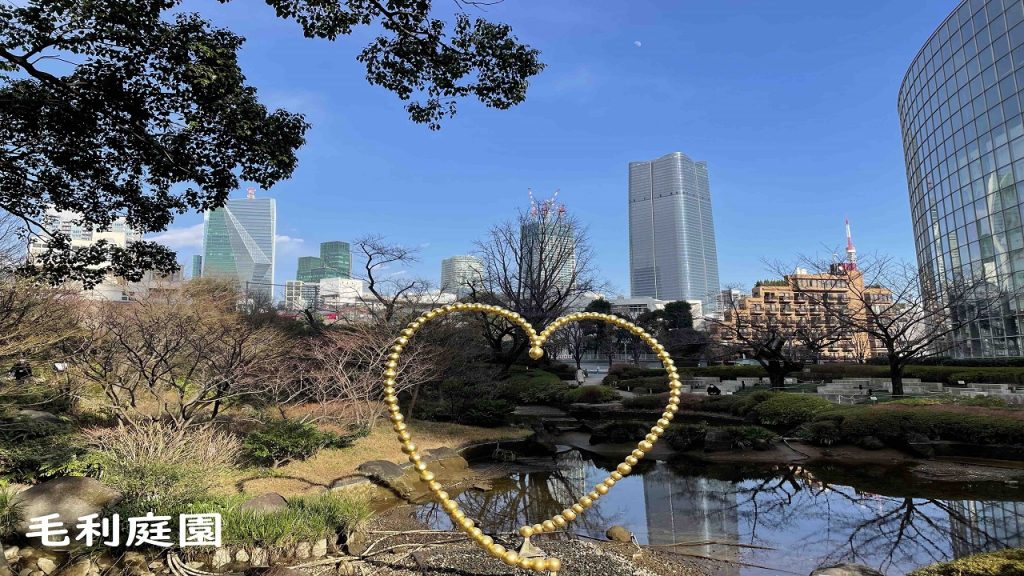
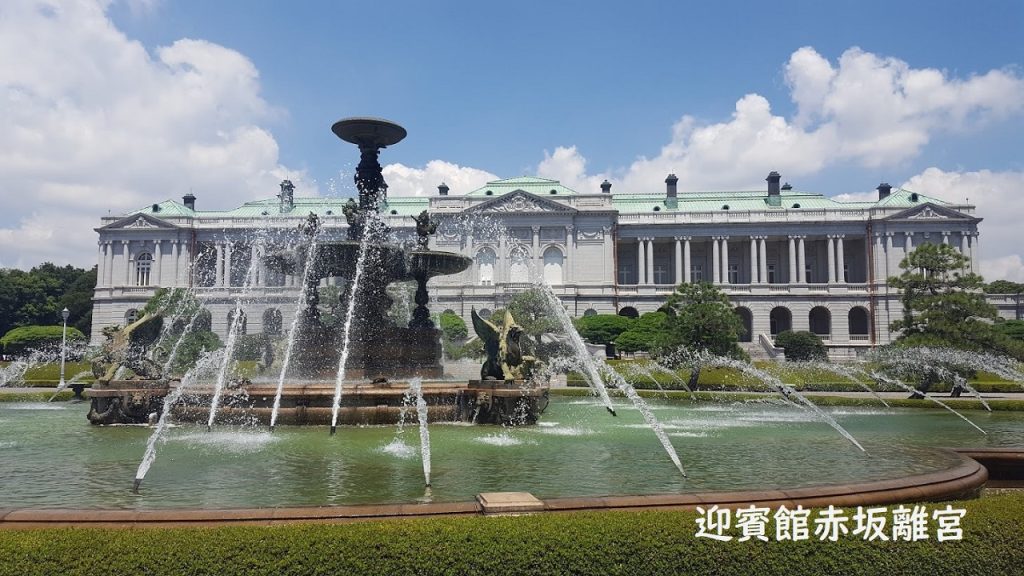
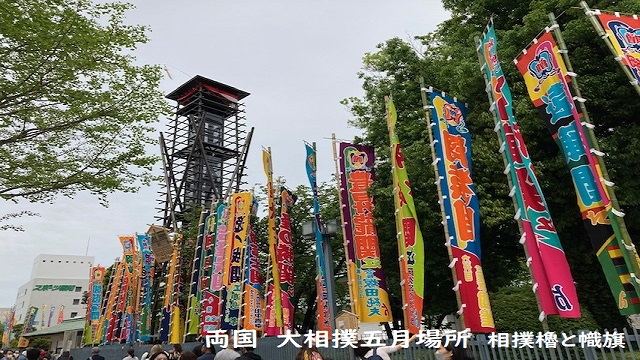
NPO法人東京シティガイドクラブは、公益財団法人東京観光財団が実施している「東京シティガイド検定」
合格者などを主なメンバーとして結成した東京観光ボランティアグループです。
2007年10月18日にNPO法人の認可をとり、現在に至っています。
Informationお知らせ,最新のイベント
- 2024.04.16 【要確認】2024年上期大江戸街歩き 5月14日「㉑麻布台ヒルズ春散歩と興味津々&防災意識高まる見学」コース変更のお知らせ お知らせ,大江戸街歩き
- 2024.04.01 【要確認】2024年上期大江戸街歩き 定員到達のお知らせ お知らせ,大江戸街歩き
- 2024.03.13 【申し込み受付開始】2024年度上期大江戸街歩き 大江戸街歩き,提案ガイド
- 2024.01.12 第21回東京シティガイド検定合格された方へのご案内 お知らせ
- 2023.12.04 東京シティガイドクラブ事務所の年末年始休業について お知らせ

